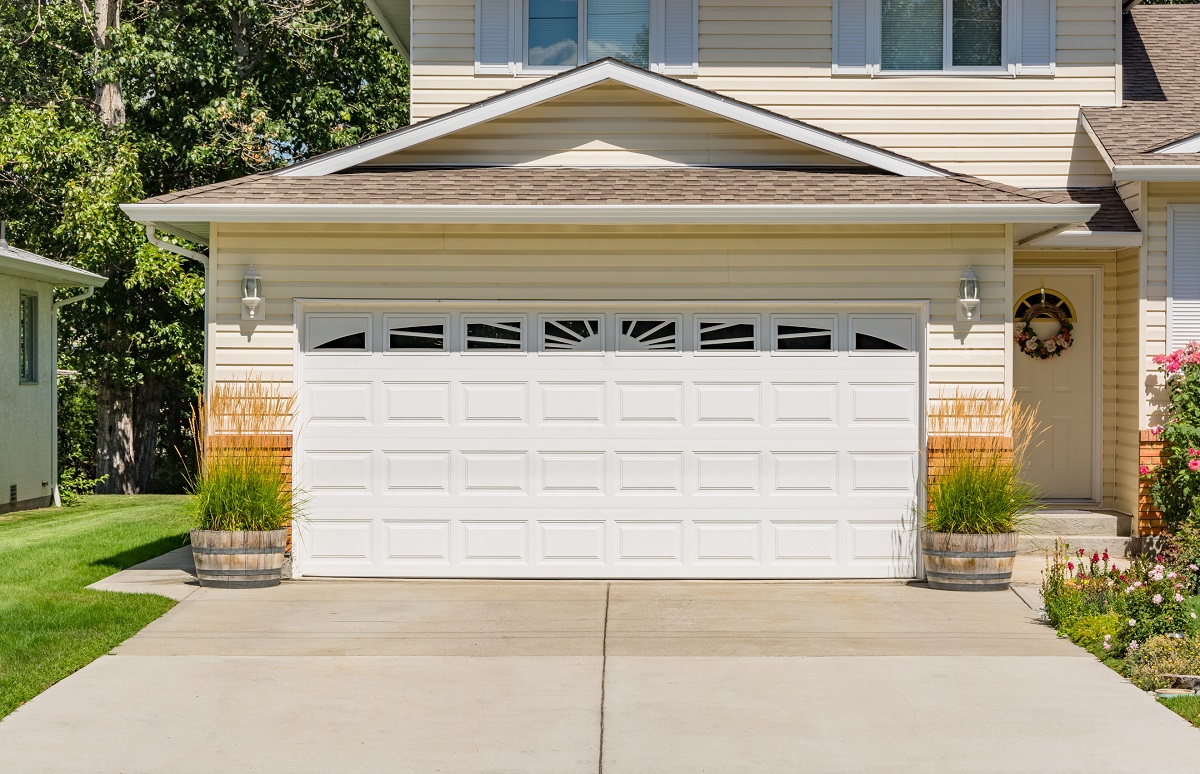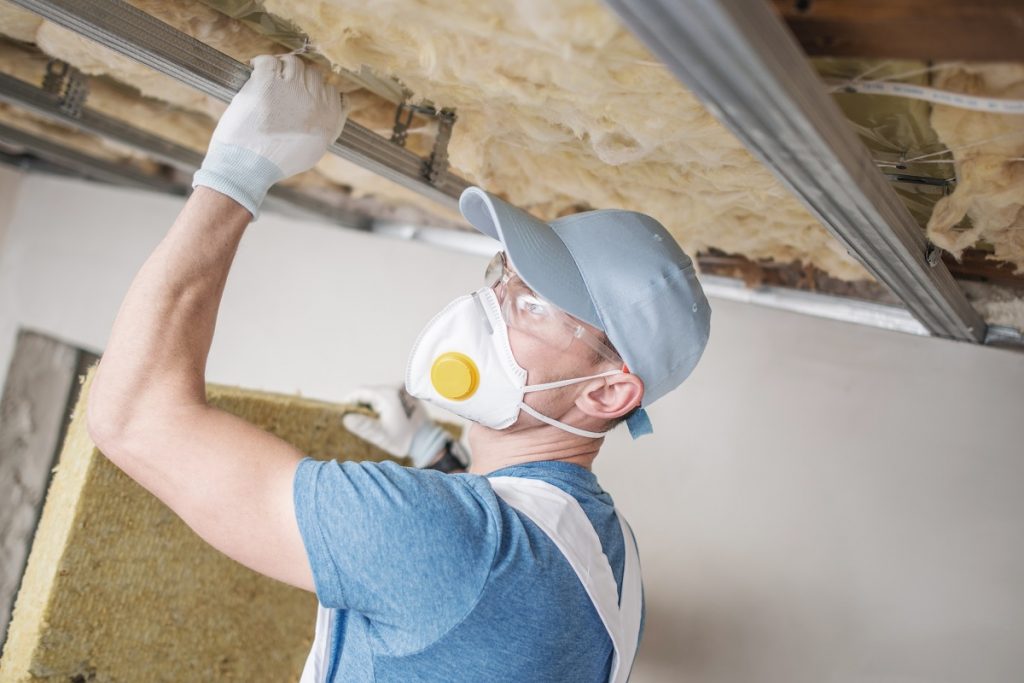Weather in Australia has always been extreme. Hot, bushfire-inducing heat waves during the summer; violent winds, surprise snowing, terrible rain and surf conditions during wintertime. Even Melbourne’s oceanic climate shows rather irrational weather patterns.
That said, weatherproofing becomes a vital home improvement action for every Australian home. Whether you want your home to remain cool during the summer or to maintain the integrity of the timber decking of your Melbourne home, here are some actions you can take to keep your home weathertight
Fill the gaps
Weatherproofing your home can save you in heater and air conditioning bills in the long run. That said, the simplest thing you can do to make your home weathertight is to seal the gaps in the doors and windows.
Weatherstripping helps seal your home’s doors and windows to the elements. It’s recommended, before sealing everything, to check air leaks and assess the indoor air quality and ventilation of your home. As a best practice, make sure that the sealing that you do doesn’t disrupt the mobility of these fixtures but instead accommodate them accordingly.
Insulate your home
Just like weatherstripping, insulating your home is a huge boon to your HVAC bills and your comfort. With properly installed insulation, you can lower your heating and cooling costs because your home retains much of the inside temperature. There’s minimal upkeep to insulation, just a few spot checks during spring and fall to make sure that there aren’t any gaps that let outside air in and indoor air out.
Paint your home
With the proper paint, your home can ward off unwanted heat and other elements during the summer. Depending on where in Australia you live in, you should paint your home with weather paints that take into consideration the extreme weather conditions.
Some paints are more resilient during hot and humid days or in dry winters. There’s also heat-reflective paints you can use on your roof to reduce the heat absorption of the roof surface during summertime. This lets your home save up in energy costs by 20-40 per cent because of the less effort it takes to cool your home.
Clear your gutters and drains
Regardless of the seasons, leaves can mess your perfectly weatherproof home. When it rains and leaves pile up on your gutters and drains, the clog may cause water to leak or seep through your home, causing moulds and other moisture problems. During the summer, fallen leaves are fire hazards, especially during heatwaves. As much as possible, install gutter and drain guards to prevent leaves from clogging the pipes. They make it easier to clean up the gutters, too.
Don’t forget your concrete

The most oft-forgotten part of your home tends to be your concrete driveway. Even this part of the home needs to be taken care of, otherwise, it will get cracked, stained or covered in weeds. There might also be a time when you need to replace the whole thing altogether. However, if you constantly maintain and weathertight this part of your home, you won’t have to pay for replacing it.
Reseal your driveway every two or three years. There are many suppliers and hardware shops that supply concrete sealants for driveways. These decorative concrete driveways, when properly sealed, prevent excess moisture from damaging the concrete and keep it watertight during wintertime.
Always protect your home from the elements. Make sure your home is weatherproofed enough to endure the extreme weather conditions thrown at you.

